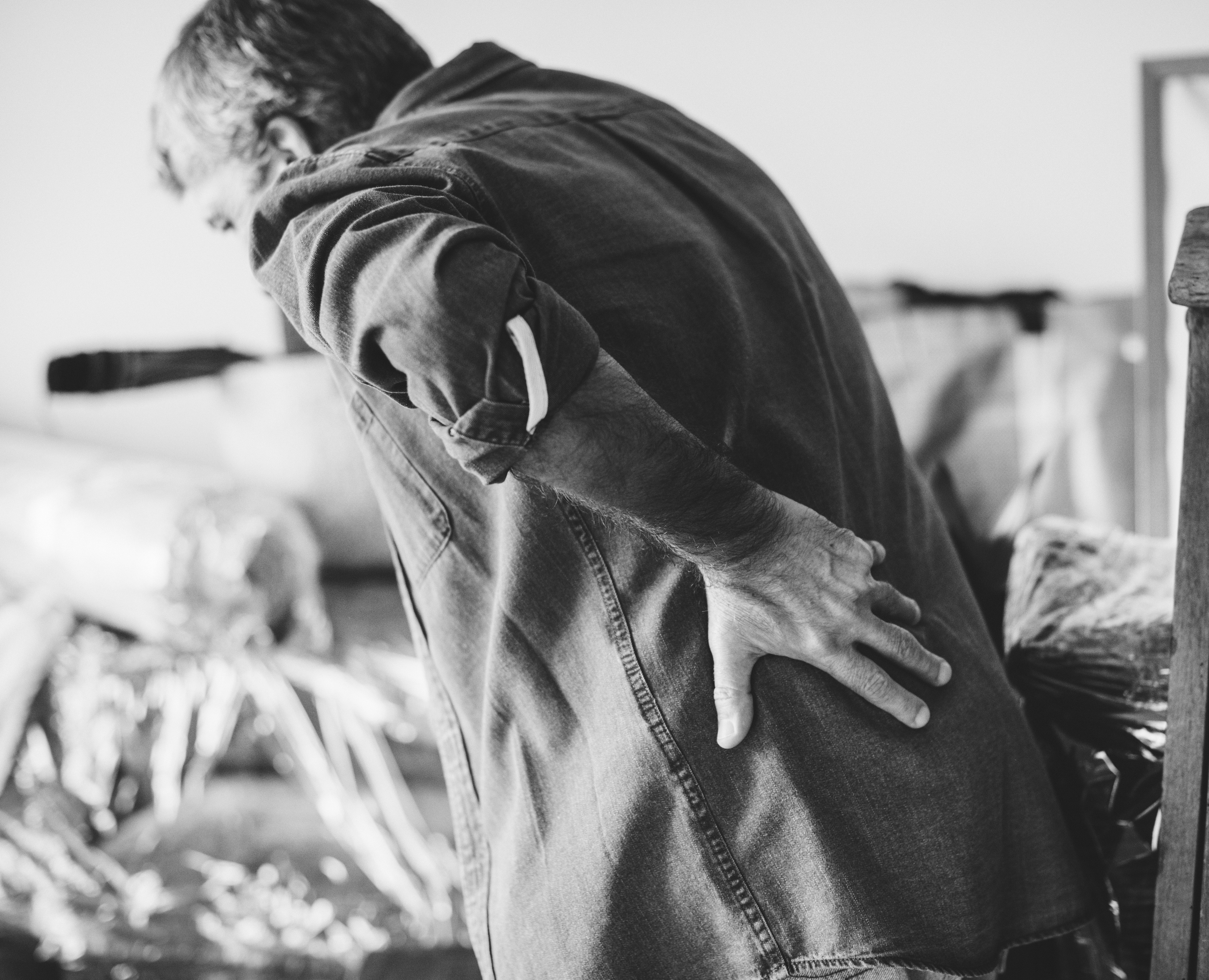The most common problems with people undergoing hip arthroplasty have considerable documentation from an expert point of view. As a patient or a close family member to a patient, you may want to familiarize yourself with these problems as a way to prepare yourself skillfully to tackle any of them when they arise. Experts also need to be updating themselves with these problems based on accounts from patients as well as the experiences of other especialista em quadril. Here are the problems.

Fractures
After replacement of the hip, there is a need for recovery. However, patients sometimes experience fractures in three forms. They can have a periprosthetic fracture, cement fracture, or stem fracture. The place of occurrence and the nature of occurrence lead to the particular name given to the fracture. Fractures are sometimes difficult to diagnose given that the metal used in the hip replacement. The x-ray done may not show the fracture, and it is important to consider this possible outcome then make arrangements to redo the x-ray.
Muscle Tear
The procedure for replacing hips is invasive. At the same time, the muscles have to align themselves properly to accommodate the new structure in the body for them to function well. Unfortunately, the adaptation process might be rough. Muscles may tear leading to a condition known as abductor muscle/tendon dysfunction. In this case, the muscles will not work as intended, and the patient will experience considerable pain requiring immediate medical attention.
Particle Disease
You get particle disease after hip replacement when there are aggressive granulomatosis events. The well-organized connective tissue with the histiocytic-monocytic reactive zones are the ones affected. They experience high vascularization, and experts see villous structures forming. Cells also start malformed, and that leads to pain and failure of the hip replacement to work as intended.
Aseptic Loosening
It occurs as a common problem in joint hip replacements, and it leads to long term complications. It requires a revision of the surgery. The particle accumulation leading to the problem could arise from many sources. The particles cause an inflammatory response that will get worse with time. You will need a radiographer exam to tell the extent of the problem and to provide sufficient information for the next course of action.
 Post-Orthopedic Surgical Complications
Post-Orthopedic Surgical Complications
After surgery, general complications that would be a possible risk with any other surgery may occur. They include hemorrhages and wound complications. Doctors and nurses can help in dealing with the wounds and the hemorrhage depending on the status of the problem. Additionally, you could also expect thromboembolism in the deep vein and the pulmonary vein. Other changes that might lead to pain would be due to vascular injury.
The accidents arising after hip replacement are serious and will be critical to the survival of the patient and the recovery period. The care of the patient should be the priority of everyone involved in the care program including family members. If possible, the patient should remain in the hospital for the longest time until there is no clear source of danger.


 Post-Orthopedic Surgical Complications
Post-Orthopedic Surgical Complications